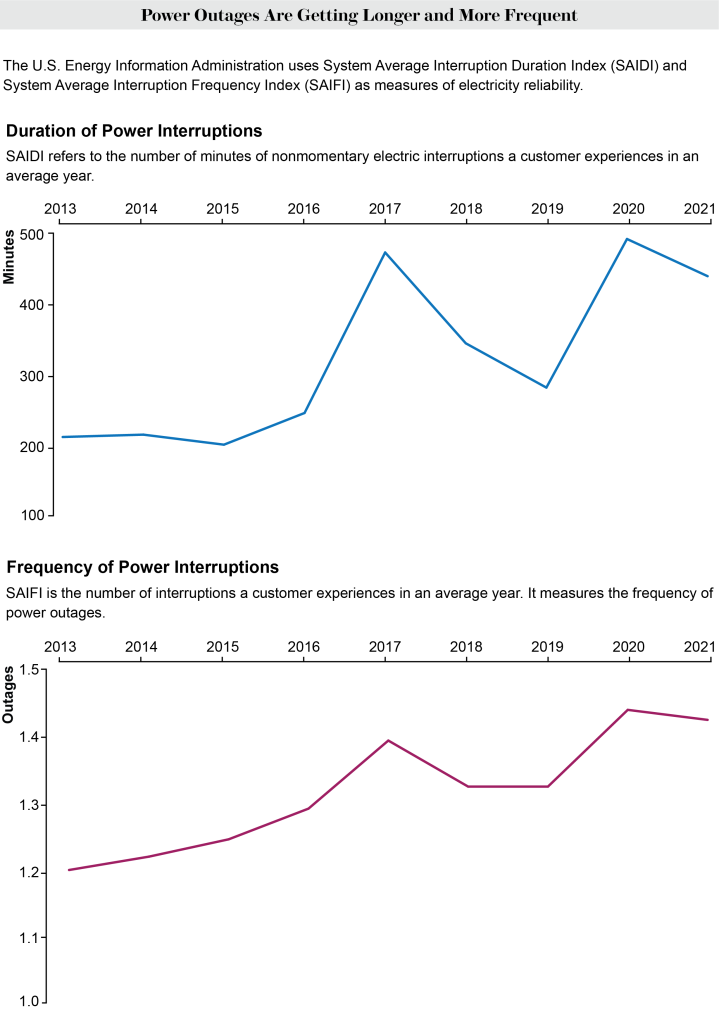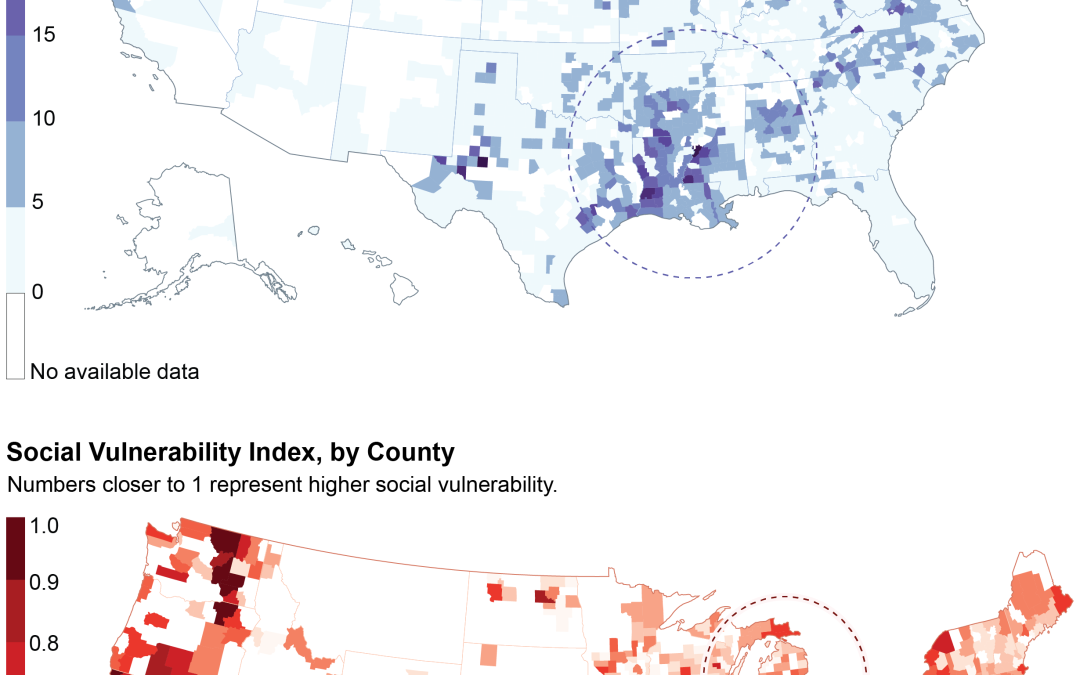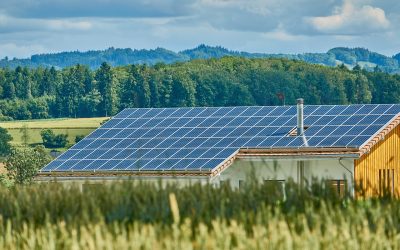Imagine never having to worry about being caught off guard by a sudden power outage again. No more scrambling for flashlights and candles in the dark, no more spoiling of food in the fridge, and no more disruption to your daily routines. With a solution that focuses on decreasing vulnerability to power outages, you can finally enjoy uninterrupted electricity and peace of mind. This article explores innovative technologies and strategies that are revolutionizing our ability to stay connected and powered up, even in the face of unexpected blackouts.
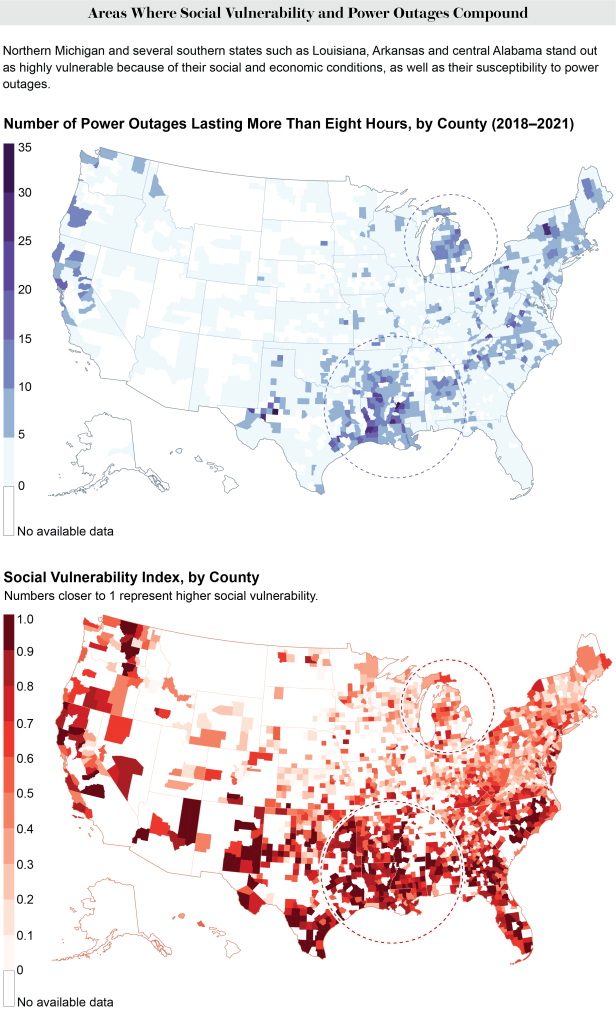
Investing in Reliable Power Infrastructure
Investing in reliable power infrastructure is crucial in ensuring a stable and uninterrupted supply of electricity to homes, businesses, and critical facilities. One key aspect of improving power infrastructure is upgrading and expanding power grids. This involves improving the transmission and distribution systems to accommodate increasing energy demands and mitigate the risk of overloading. By investing in larger power lines and substations, electricity can be transmitted efficiently and reliably across longer distances, reducing the likelihood of outages caused by system failures.
Another important aspect of enhancing power infrastructure is implementing smart grid technology. Smart grids utilize advanced digital communication and automation systems to monitor and control the flow of electricity. These systems provide real-time data on energy consumption, allowing for more efficient energy management and load balancing. By implementing smart grid technology, utilities can detect and respond to potential issues in the power grid before they turn into major outages. This proactive approach helps to improve the overall reliability and resilience of the power system.
Increasing energy storage capacity is another essential investment for reliable power infrastructure. Energy storage technologies, such as batteries, allow excess electricity to be stored and used during times of high demand or when the power grid is under stress. By increasing energy storage capacity, utilities can better manage fluctuations in energy production from renewable sources like solar and wind, which are intermittent by nature. This helps to stabilize the grid and reduce the risk of power outages during periods of low renewable energy generation or when the demand exceeds the supply.
Diversifying Energy Sources
To decrease vulnerability to power outages, it is crucial to diversify energy sources. One way to achieve this is by promoting renewable energy. Renewable energy sources like solar, wind, hydro, and geothermal power are sustainable and can provide a stable source of electricity. By encouraging the adoption of renewable energy technologies, we can reduce our dependence on fossil fuels and decrease the risk of outages caused by disruptions in fuel supply or environmental constraints.
Exploring alternative power generation methods is another avenue for diversifying energy sources. Technologies like tidal energy, wave energy, and biomass can contribute to the energy mix and provide additional sources of electricity. These alternative power generation methods can play a significant role in reducing the vulnerability to power outages, especially in regions where traditional energy sources may be limited.
Balancing the energy mix is crucial to ensure a reliable and resilient power supply. By diversifying sources, utilities can minimize the impact of disruptions in one particular energy source. For example, if there is a shortage of natural gas during a severe winter storm, having alternative energy sources like solar or wind power can help maintain electricity supply. A well-balanced energy mix improves the overall robustness and reduces susceptibility to outages caused by disruptions in a single energy source.
Improving Maintenance and Repair Processes
Regular inspections and maintenance are essential to prevent power outages caused by equipment failure or deterioration. By conducting routine inspections of power lines, transformers, and other critical infrastructure components, utilities can identify potential issues before they escalate into major problems. This proactive approach allows for timely repairs or replacements, reducing the risk of outages and minimizing their duration.
Quick response to outage reports is crucial in minimizing the impact of power outages. Utilities should establish effective communication channels for customers to report outages promptly. By promptly responding to outage reports, utilities can identify the cause of the outage and dispatch repair teams to restore power as quickly as possible. This proactive response helps to mitigate the inconvenience and potential risks associated with prolonged power outages.
Efficient repair coordination is essential for resolving outages promptly. Utilities should have well-coordinated repair teams that can respond swiftly to restore power. By streamlining repair processes and ensuring adequate resources and equipment availability, utilities can minimize the downtime and inconvenience caused by power outages. Effective repair coordination also involves prioritizing critical facilities, such as hospitals and emergency services, to ensure their power is restored as a priority.
Enhancing Grid Resilience
To decrease vulnerability to power outages, enhancing grid resilience is essential. One approach to achieving this is through the integration of microgrids. Microgrids are self-contained systems that can operate independently from the main power grid. They can generate, distribute, and store electricity locally, which provides a backup source of power during outages. By integrating microgrids into the existing power infrastructure, communities can become more resilient and less reliant on the main grid, reducing the impact of widespread outages.
Installing grid automation systems is another way to enhance grid resilience. Grid automation systems use advanced technology to monitor and control the power grid in real-time. These systems can detect faults, reconfigure the grid to isolate affected areas, and restore power automatically. By minimizing the need for manual interventions, grid automation systems can significantly reduce the downtime associated with outages and improve the overall reliability of the power grid.
Implementing demand response programs is another strategy to enhance grid resilience. Demand response programs incentivize consumers to adjust their electricity consumption during periods of high demand or when the grid is under stress. By participating in these programs, consumers can actively contribute to stabilizing the grid and reducing the risk of outages. By implementing demand response programs, utilities can better manage peak loads and maintain grid stability even during periods of high demand.
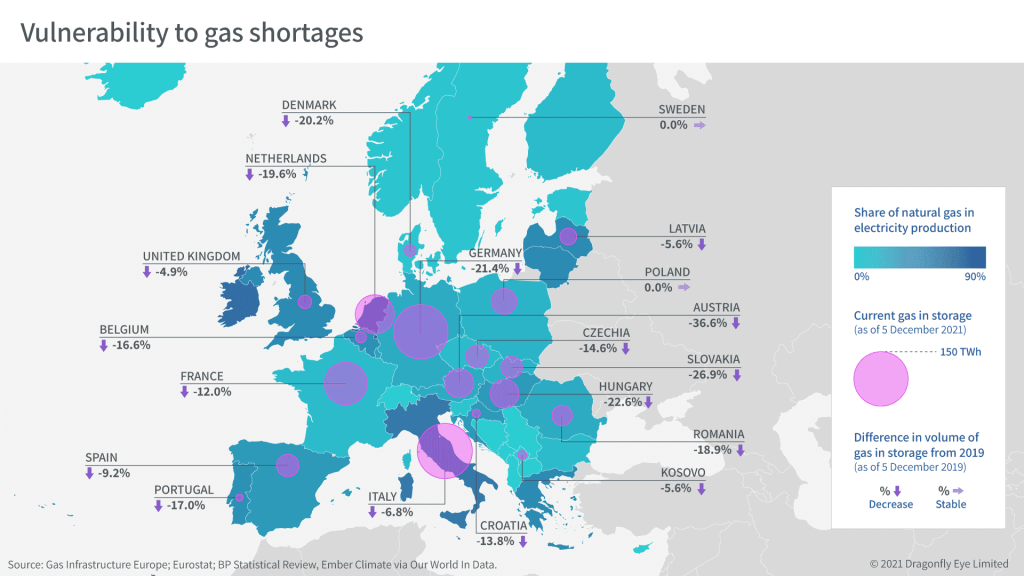
Community Preparedness and Education
Community preparedness and education play a vital role in decreasing vulnerability to power outages. Educational campaigns on outage preparedness can help individuals and communities understand the potential risks associated with power outages and equip them with the knowledge and skills to respond effectively. These campaigns can educate the public about the importance of having emergency backup plans, maintaining necessary supplies such as flashlights and batteries, and knowing how to safely handle situations during power outages.
Establishing community emergency plans is crucial in ensuring coordinated responses during power outages. These plans involve collaboration between utilities, local authorities, emergency services, and community organizations. They outline procedures for communication, resource allocation, and mutual support during outages. By establishing community emergency plans, communities can be better prepared to handle power outages and minimize the impact on their daily lives.
Providing backup power resources is another way to enhance community preparedness. Utilities can work with local authorities to identify critical facilities such as hospitals, nursing homes, and emergency shelters that require backup power during outages. By ensuring that these facilities have access to backup power generators or microgrids, utilities can help maintain essential services and protect vulnerable populations during extended outages.
Utility-Consumer Communication
Effective communication between utilities and consumers is essential during power outages. Timely and accurate outage information allows consumers to stay informed about the progress of restoration efforts and plan accordingly. Utilities should provide regular updates on the status of outages, estimated restoration times, and any other relevant information through multiple channels such as websites, social media, and automated phone systems. By keeping consumers informed, utilities can mitigate frustration and confusion during outages.
Improving customer notification systems is crucial for ensuring that consumers receive timely information about outages. Utilities should have reliable systems in place to notify customers about planned outages, emergency situations, and other relevant information. These notification systems can include automated phone calls, text messages, or emails. By providing timely notifications, utilities can help consumers make necessary arrangements and minimize the impact of outages on their daily lives.
Enhancing communication during outages is also vital for maintaining trust and managing customer expectations. Utilities should establish clear channels for customers to report outages and communicate any safety concerns or issues. By having dedicated customer service teams during outages, utilities can address inquiries and provide personalized assistance. This proactive communication helps to alleviate customer frustrations and demonstrate that utilities are actively working to restore power.
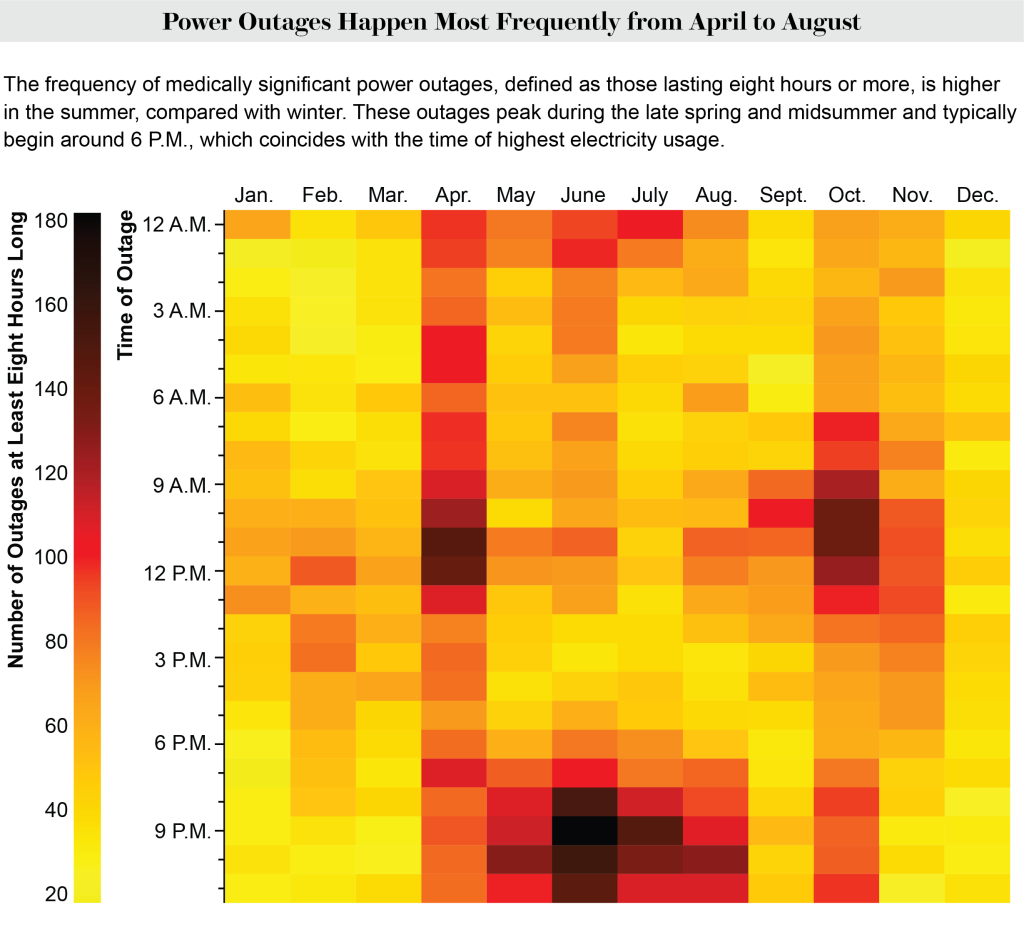
Redundancy and Backup Systems
Installing redundant power lines is an effective measure to decrease vulnerability to power outages. Redundancy involves constructing additional power lines, ensuring that there are alternative routes for electricity transmission. This helps to minimize the impact of equipment failures, natural disasters, or other unforeseen events that can cause outages. By having redundant power lines, utilities can quickly reroute electricity and restore power in a shorter time frame.
Backup power generation systems are essential for critical facilities and areas that require continuous power supply. These systems, such as backup generators or uninterruptible power supply (UPS) systems, can provide electricity during outages. Backup power generation systems can be installed at hospitals, data centers, emergency services facilities, and other critical infrastructure to ensure uninterrupted operation, even when the main grid is down. By having backup power generation systems in place, the impact of power outages can be minimized.
Emergency backup for critical facilities is crucial to maintain essential services during extended outages. Utilities should work closely with critical facilities to identify their specific backup power needs and collaborate on emergency response plans. These plans may include provisions for mobile generators, fuel storage, or temporary microgrids to ensure continuous power supply when the main grid is out of service. By establishing reliable backup systems, critical facilities can continue their operations and provide necessary services during power outages.
Regulatory Measures and Incentives
Implementing regulatory measures and incentives can be an effective way to ensure utilities prioritize grid reliability and invest in resilience. Minimum performance standards can be set for utilities, requiring them to meet certain criteria for outage frequency, duration, and response times. By implementing these standards, utilities are incentivized to invest in infrastructure upgrades, maintenance, and preparedness measures to achieve compliance. Regulatory measures encourage utilities to proactively invest in measures that decrease vulnerability to power outages.
Offering financial incentives for grid reliability can encourage utilities to make investments in resilient power infrastructure. These incentives can include performance-based rate structures that reward utilities for meeting or exceeding reliability targets. By linking financial incentives to reliability performance, utilities have a financial motivation to make the necessary investments to enhance grid resilience and minimize the occurrence and impact of power outages.
Rewarding investments in resilience can also incentivize utilities to prioritize grid reliability. Certificates or credits can be offered to utilities that demonstrate proactive measures in improving power infrastructure, implementing smart grid technologies, and enhancing emergency response capabilities. These rewards can be used to offset costs or provide additional revenue streams, creating an economic incentive for utilities to invest in measures that decrease vulnerability to power outages.
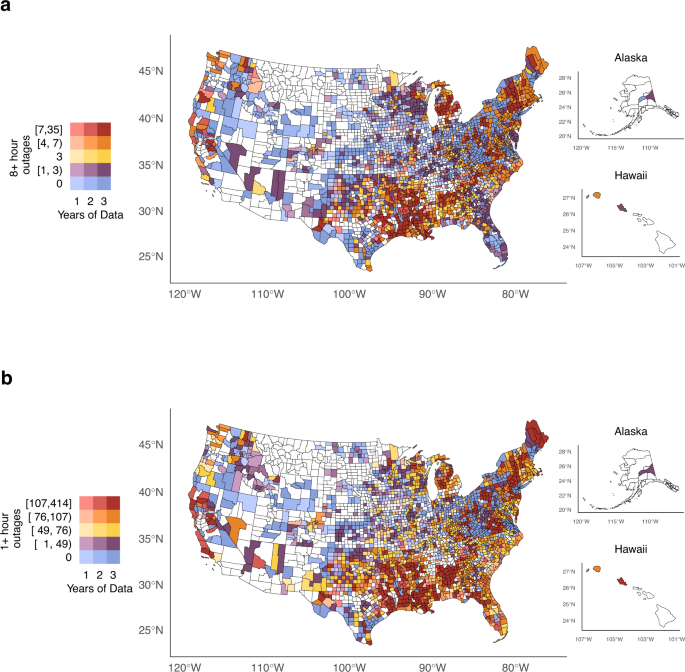
Proactive Tree Maintenance and Vegetation Management
Regular trimming near power lines is crucial to prevent power outages caused by falling branches or trees. Overgrown trees or branches that come into contact with power lines can cause short circuits or physical damage to the infrastructure, leading to outages. By conducting regular tree trimming and vegetation management, utilities can mitigate these risks and decrease the likelihood of outages caused by vegetation-related incidents.
Identifying and removing hazardous trees is another important aspect of proactive tree maintenance. Trees that are dead, diseased, or structurally compromised pose a significant risk to power lines and infrastructure. By proactively identifying and removing these hazardous trees, utilities can prevent potential outages and ensure the reliability of the power grid. Regular tree inspections and monitoring programs are essential in detecting and addressing these risks promptly.
Implementing effective vegetation management plans is crucial for reducing the risk of power outages caused by vegetation-related incidents. Utilities should develop comprehensive plans that include regular inspections, tree-trimming schedules, and long-term maintenance strategies. By implementing effective vegetation management plans, utilities can ensure a proactive approach to minimizing the impact of trees and vegetation on the power infrastructure. This proactive maintenance reduces the risk of outages and improves the overall reliability of the power grid.
Coordination with Emergency Services
Developing effective emergency response protocols is crucial for efficient coordination between utilities and emergency services during power outages. Utilities should establish clear and concise procedures for reporting and responding to outages, including the communication channels and protocols for collaboration. By coordinating efforts and sharing information, utilities and emergency services can work together to effectively respond to power outages and minimize their impact on public safety and welfare.
Training and collaboration with local authorities are essential for effective emergency response during power outages. Utilities should work closely with local police, fire departments, and other emergency response agencies to ensure they are adequately trained in power outage scenarios. By conducting joint drills and training exercises, utilities and emergency services can enhance their coordination and response capabilities, ensuring a seamless and efficient emergency response during power outages.
Establishing communication channels between utilities and emergency services is crucial for the exchange of real-time information and situational awareness during power outages. This can involve dedicated communication systems, regular meetings, or shared information platforms. By establishing effective communication channels, utilities and emergency services can keep each other informed about outage status, restoration efforts, and any emergency situations that may arise during the outage. This coordination helps to ensure a synchronized response and optimized use of resources during power outages.
